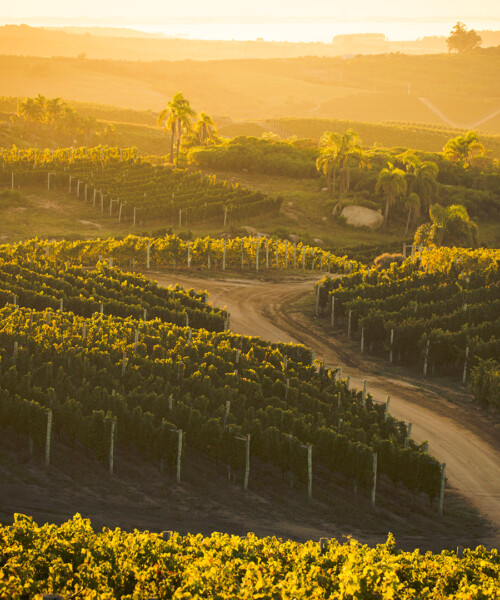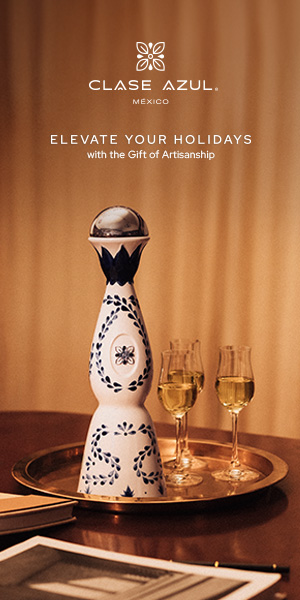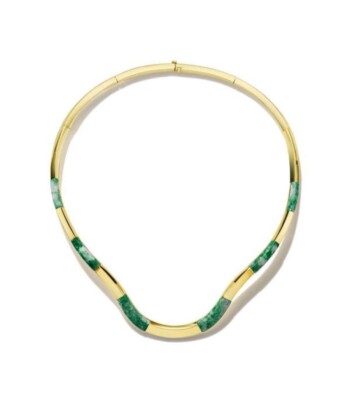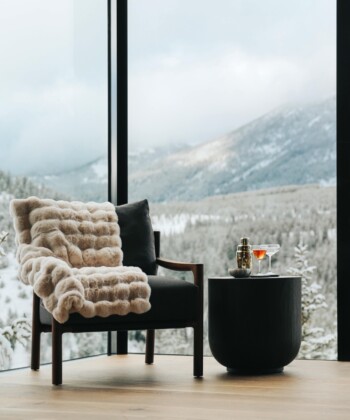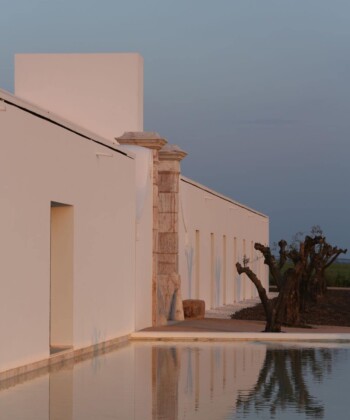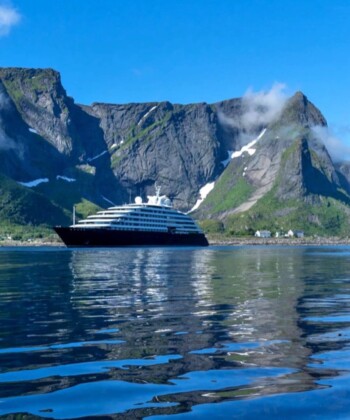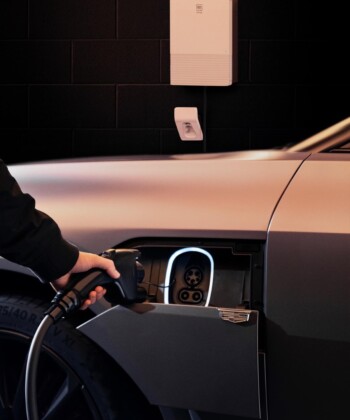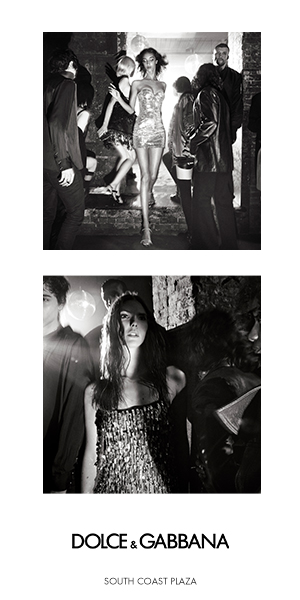Time in Jose Ignacio seems elastic. In the sleepy beach town, nestled along the Atlantic coast in Uruguay’s Maldonado region, things happen never as they’re planned and only if and when they’re meant to. If you agree to meet your friends for dinner at 8, everyone might finally pad down La Huella, the can’t-miss seaside restaurant that’s easily the best game in town, by 9 or so; when stores note they open for business at 10 a.m., it can feel more like wishful thinking. This laidback approach has helped make Maldonado—which also encompasses glamorous, ritzy Punta del Este—popular with the international leisure set and has inspired the likes of Martin Amis and Shakira to take up residence nearby. It’s the sort of place that attracts extreme yoga devotees, trust-funded accessories designers or wildly successful Instagram photographers, but in recent years it’s also become home to a somewhat unlikely new group: vintners.
The Argentinian oil tycoon Alejandro Bulgheroni first purchased a tract of nearly 8.5 square miles north of Punta del Este in 1999. At the time, he wasn’t growing grapes on the land; only almond and olive trees were initially planted. In the years since, Bulgheroni has built a wine operation that spans the globe—with vineyards in Argentina, Italy, Australia, France and the Napa Valley—and recently those hills in Uruguay become an increasingly important part of this empire. Indeed, in March Bulgheroni opened his boutique Bodega Garzón winery, a $100 million project nearly a decade in the making that includes 500 acres of vines, a state-of-the-art production facility, a private club (with a reported $180,000 price tag on membership), a restaurant created under the watch of chef Francis Mallmann and, most importantly, six varietals of very impressive wine—something for which, until now, Uruguay has not been known—overseen by the winemaker Alberto Antonini.
Getting to Bodega Garzón is no easy task. Although it’s only 11 miles from the ocean, the sprawling compound is accessible through a series of rough country roads—or, since we spotted a helipad, by chopper—that aren’t yet paved. Once guests arrive, though, the bumpy ride is easily forgotten. Bulgheroni’s building—the first in South America to seek LEED accreditation—was designed by acclaimed architects Bórmida & Yanzón (they’ve done Bodega Vistalba and The Vines Resort & Spa) and its interiors were created by the California-based firm of Backen Gillam & Kroeger Architects, whose other projects include the Napa Valley Reserve. On site there are soaring marble sculptures by the local art star Pablo Atchugarry, and even the rows of vines, which the complex looks out over, seem to have been art directed by an expert. To be honest, the whole place feels a bit like a lair for a very refined, impossibly tasteful Bond villain.
For all of the professional polish of Bodega Garzón —there’s the winery and, a little while away, a picturesque olive oil production done with similarly impressive proficiency—there’s nothing about the big-ticket operation that feels at odds with the low-key, lackadaisical nature of its surrounding area. The wine’s on hand at La Huella and the chic Punta del Este eatery Cantina del Vigía—in fact, some enterprising visitors were spotted toting bottles to the beach one recent night just in time for sunset—and even locals can be seen snapping up bottles of olive oil at the shops around Jose Ignacio’s sleepy town square.
But if you’re thinking Bodega Garzón is Bulgheroni’s final act—a relaxing way to wind down after decades as a business titan—you’d be mistaken. Now that Bodega Garzón is up and running, Bulgheroni’s turning his focus to properties in Napa, Patagonia and, reportedly, Spain. Still, considering Bulgheroni and his wife have a home in Maldonado and seem to be involved in everything from the winery to the local sweets shop, it doesn’t seem likely they’ll ever go too far away. And why would they, when they’ve set up shop in a place where it always seems to be time for a glass of wine.

























